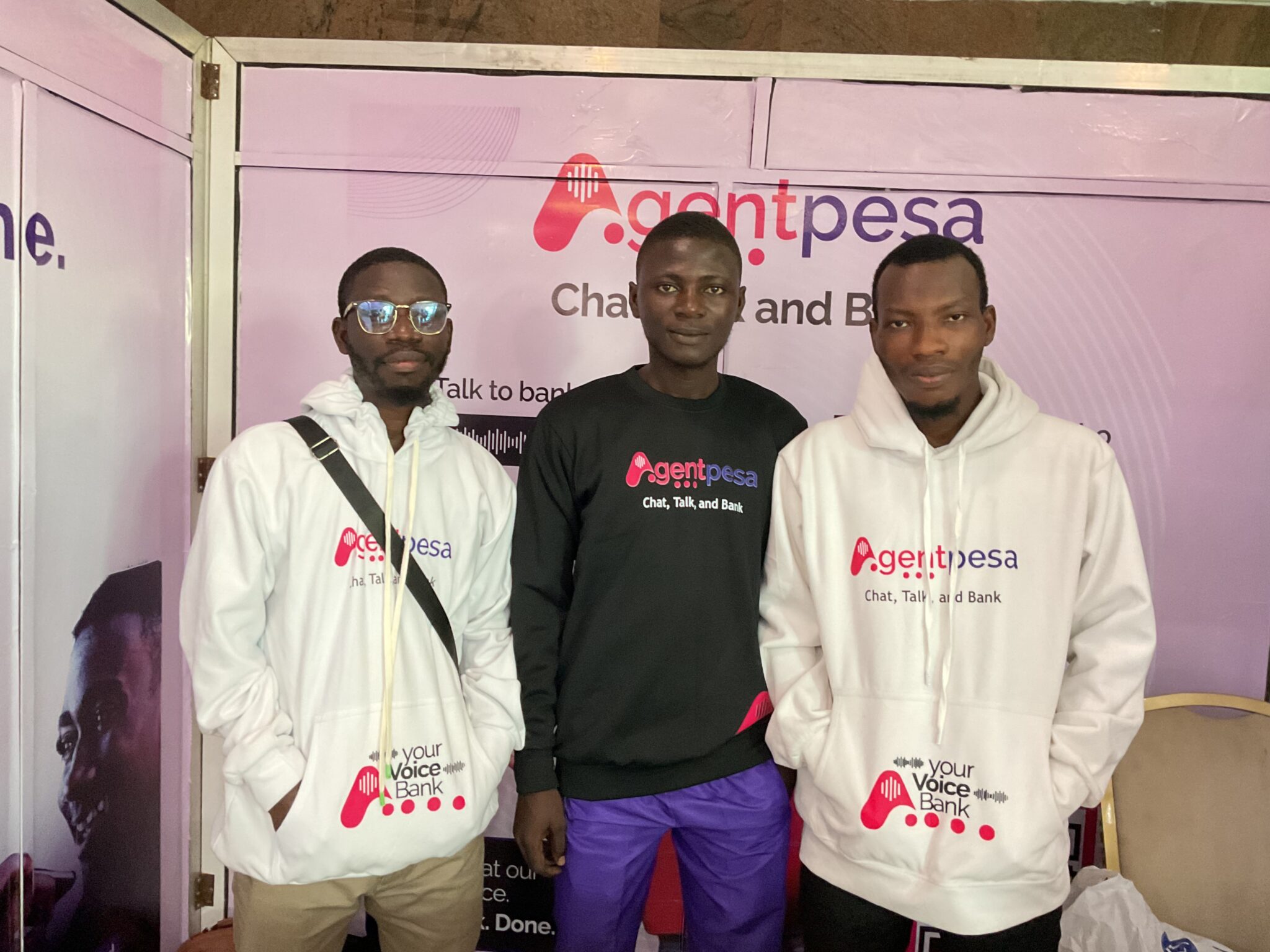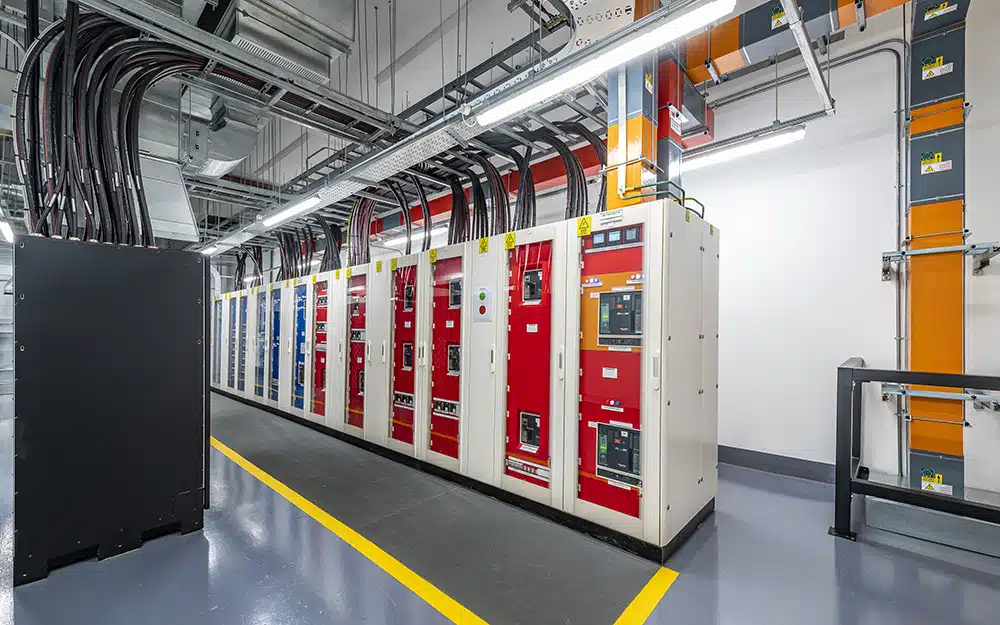- Orange Middle East and Africa (OMEA) and payments giant, Mastercard have partnered to expand access to mobile financial services across Sub-Saharan Africa.
- The partnership, described as one of the largest of its kind in the region, will allow Orange Money wallet holders to make digital payments via Mastercard’s global merchant network by 2025.
- The collaboration will be rolled out in seven countries: Cameroon, the Central African Republic, Guinea-Bissau, Liberia, Mali, Senegal, and Sierra Leone.
Meanwhile, in September 2022, Orange Money partnered with Cellulant to enable card-to-wallet transfers in Botswana.
Orange Money customers can obtain a virtual or physical debit card linked directly to their Orange Money wallets. These cards can be used for local and international payments, including transactions with local merchants and on any website or mobile app that accepts Mastercard.
Requesting a virtual debit card can be done through Orange’s Super App, Max It, while physical cards can be collected at specified Orange Money Mastercard points of sale.
“This partnership also supports Orange’s broader strategy to offer more efficient and seamless payment solutions to its customers, further boosting financial inclusion and supporting Africa’s digital transformation,” the telco said.
Commenting on the partnership, Aminata Kane, CEO of Orange Money Group, Middle East and Africa, stated that the collaboration will enable customers to pay with the Mastercard card linked to their Orange Money wallet when travelling internationally and allow them to shop online.
Orange claims to reach over 160 million customers and 37 million active Orange Money accounts in 17 countries across Africa and the Middle East.
Moreover, Orange Egypt and two other entities have signed agreements with the Egyptian government for the second phase of 5G licences.
However, Orange Burkina Faso has faced significant challenges, with nearly 15% of its telecom sites inaccessible due to regional conflict, making maintenance difficult for the company’s technical teams and disrupting services in some areas.










